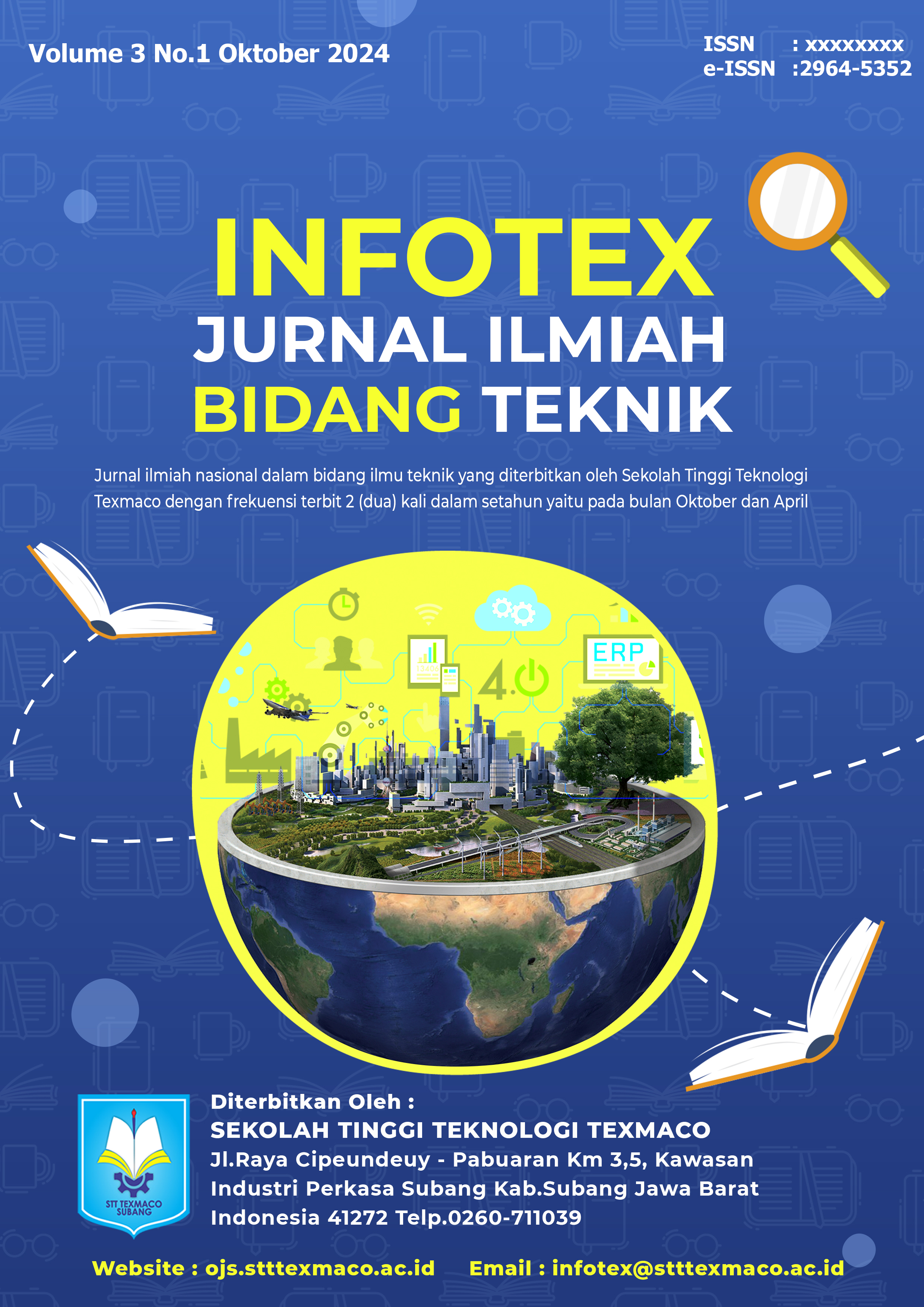Aplikasi Monitoring Kesehatan Ibu dan Anak untuk Menurunkan Angka Stunting di Posyandu
Keywords:
posyandu, web-based applications, FDD FDD , PHP MySQLAbstract
Posyandu is a form of health service that aims to improve free health services. One of them is to monitor children's nutritional status, as well as the health of mothers and children in order to reduce stunting rates in Indonesia. Like the posyandu in Sukahaji village, Cipeundeuy subdistrict, West Bandung district, the posyandu services still use conventional methods in the process of data collection, monitoring and making reports. This causes several problems in posyandu management, such as duplication of data, the length of the data search process, and also the difficulty in preparing monthly posyandu reports. To overcome this, the author designed a website-based posyandu monitoring application using the Scrum method and the PHP MySQL programming language which was built using the Codeigniter framework. It is hoped that the results of this system research can produce a system design that can help posyandu cadres in the process of data collection, monitoring and making reports at posyandu.
References
[1] P. I. Farmani, I. N. M. Adiputra, dan P. A. Laksmini, “Perancangan Sistem Informasi Posyandu Sebagai Upaya Digitalisasi Data Posyandu di UPTD Puskesmas II Dinas Kesehatan Kecamatan Denpasar Timur,” Indonesian of Health Information Management Journal (INOHIM), vol. 9, no. 2, hlm. 115–126, Des 2021, doi: 10.47007/inohim.v9i2.311.
[2] I. Magdalena, N. Fajriyati Islami, E. A. Rasid, dan N. T. Diasty, “TIGA RANAH TAKSONOMI BLOOM DALAM PENDIDIKAN,” 2020. [Daring]. Tersedia pada: https://ejournal.stitpn.ac.id/index.php/edisi
[3] K. Fauzia, “PERANCANGAN SISTEM INFORMASI AKUNTANSI PIUTANG USAHA BERBASIS WEB MENGGUNAKAN PHP DAN MYSQL DI PT KERETA API DAOP 2 BANDUNG,” Jurnal TEKNOKOMPAK, vol. 14, no. 2, hlm. 80, 2020.
[4] “Analisis Pengukuran Temperatur Udara Dengan Metode Observasi Analysis of Air Temperature Measurements Using the Observational Method,” 2023. [Daring]. Tersedia pada: http://creativecommons.org/licenses/by-sa/4.0/
[5] E. Wahyudi, S. Tasya Aldawiyah, dan dan Lola Reghita, “Pengembangan Sistem Informasi Pengelolaan Inventaris dengan Metode Agile Feature Driven Development,” 2022. [Daring]. Tersedia pada: https://jurnal.politap.ac.id/index.php/aicoms
[6] W. Warkim, M. H. Muslim, F. Harvianto, dan S. Utama, “Penerapan Metode SCRUM dalam Pengembangan Sistem Informasi Layanan Kawasan,” Jurnal Teknik Informatika dan Sistem Informasi, vol. 6, no. 2, Agu 2020, doi: 10.28932/jutisi.v6i2.2711.
[7] R. Akbar dan T. Rahmawati, “Implementasi Sistem Informasi Akademik Menggunakan Aplikasi Jibas pada SMA Negeri 9 Padang,” 2015.
[8] M. Avief Barkah dan R. Agustina, “PEMANFAATAN AUGMENTED REALITY (AR) SEBAGAI MEDIA PEMBELAJARAN INTERAKTIF PENGENALAN CANDI-CANDI DI MALANG RAYA BERBASIS MOBILE ANDROID.”
[9] S. Sam’ani, M. H. Qamaruzzaman, dan S. Sutami, “Rancang Bangun Biografi Pahlawan Nasional Berbasis Android,” Jurnal Ilmiah Informatika, vol. 5, no. 2, hlm. 133–143, Des 2020, doi: 10.35316/jimi.v5i2.892.
[10] U. T. Suryadi dan S. Saraswati, “Kata kunci: Arduino Mega 2560, DHT11, ESP8266, Internet Of Things (IoT), K-means,” 2020.
Downloads
Published
How to Cite
Issue
Section
License
Copyright (c) 2024 Aang Samsudin, Widia Lestari

This work is licensed under a Creative Commons Attribution-ShareAlike 4.0 International License.






